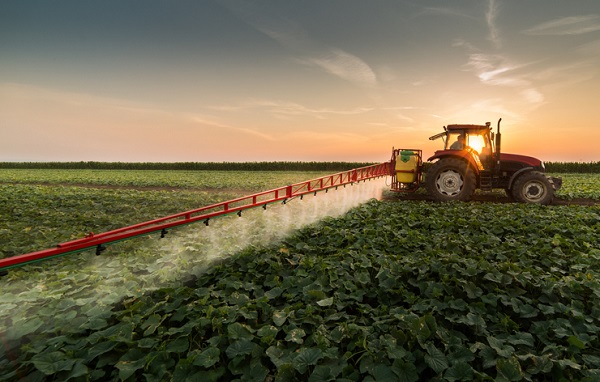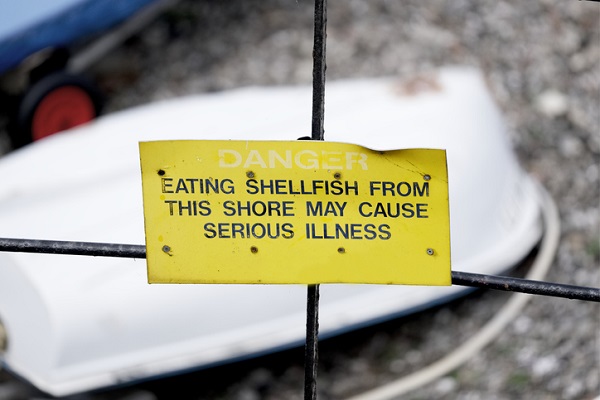
Unlike parasites or other infections, food intoxication happens when ingested food contains toxins that make consumers sick. Proper food preparation and processing is very important, to be sure to minimize or avoid:
- Unfavourable chemical reactions
- Contamination
- Harmful chemicals
Sometimes foodborne infection can be confused with intoxication. The difference lies in that infection is caused by the actual bacteria once it is in the intestines, while intoxication comes from toxins (often created by bacteria), meaning that the physical organisms are not what make people sick.
Read on for more information about food intoxication and how it occurs.
Know How Food Intoxication Happens after a Food Safety Certification
Food that contains harmful toxins often looks and smells just like harmless food. Without specific testing, it can be difficult for consumers to know that they are about to eat something that could hurt them. That’s why it’s up to professionals in food safety to manage hazards and systems to address risks.
What can cause intoxication?
- Bacteria: toxins produced by the microorganisms cause illness, rather than the organisms themselves
- Chemicals: can occur naturally in plants, or are added through agriculture, processing, or handling
- Seafood toxins: occur naturally in some seafood, often shellfish
- Plants: can have naturally-occurring chemicals that are toxic, especially mushrooms
Food technology courses help you to understand the processing of meat, baked goods, milk, and other foods. These processing systems need to follow best practices to analyze hazards and reduce them to a level where they do not cause harm.

Wild mushrooms should be chosen with care, as they may contain toxins
Bacteria that Cause Intoxication
Since toxins produced by bacteria can cause food intoxication, keeping an eye on the types of bacteria in products and ingredients is important. Common bacteria that cause intoxication include:
- Clostridium Botulinum – produce a neurotoxin responsible for life-threatening botulism, which affects the central nervous system
- Staphylococcus Aureus – primarily known as the bacteria responsible for staph infections, but some strains also produce toxins that cause staphylococcal food poisoning – commonly contaminated foods include custards, milk, and processed meat
- Clostridium Perfringens – some strains produce a toxin once they are in the intestines, with food becoming infected after sitting in warm temperatures and in large quantities over a long period of time
- Bacillus Cereus – one of the most common sources of food intoxication, responsible for “fried rice syndrome” – named after the starchy foods like rice that are common sources (the bacteria produce toxins while cooked rice cools, then when rice is reheated when fried with other ingredients, the reheating does not kill the toxins produced by the bacteria)

Clostridium Botulinum is the bacteria responsible for botulism
Chemicals that Can Cause Intoxication
When food becomes contaminated with manmade chemicals, the toxins in them can also cause illness. In a food safety program, you will learn ways to limit these types of contamination. A few toxic chemical substances that can find their way into food during handling, agriculture, or production include:
- Cleaning products
- Sanitizers
- Pesticides

If not properly handled, pesticides on food can cause intoxication and illness in consumers
Naturally-occurring Toxins to Be Aware of in Your Food Safety Program
Chemical toxins can also occur naturally in food, with mushrooms being the common culprit in the plant kingdom. Many people are aware that wild mushrooms should be consumed with caution and identified carefully.
Food intoxication can occur from seafood as well—with the following toxins being common:
- Ciguatera toxin: produced in fish organs, induces depolarization in nerve cells and muscle tissue
- Scombroid toxin: histamine produced by decarboxylation in fish muscles
- Shellfish toxins: brevetoxins that occur in bivalves, produced by dinoflagellates or algae—these toxins attach to sodium channels in nerve cells and affect neurological processes

Intoxication from shellfish occurs more during “red tide” algae blooms
Are you interested in getting a food safety certification?
Contact AAPS for more information!



